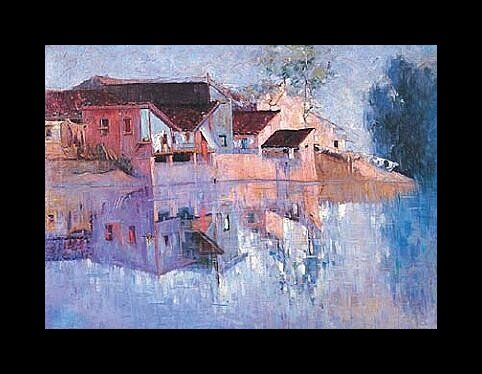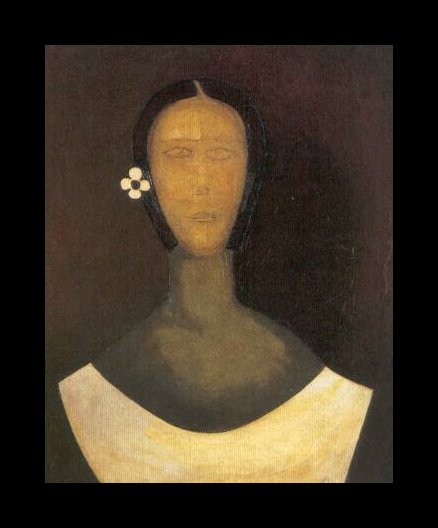Amelia Pelaéz (1896-1968)
We Perform Amelia Pelaéz art authentication. Amelia Pelaéz appraisal. Amelia Pelaéz certificates of authenticity (COA). Amelia Pelaéz analysis, research, scientific tests, full art authentications. We will help you sell your Amelia Pelaéz or we will sell it for you.
Submissions are invited for inclusion in the Catalogue Raisonné of the oeuvre of Amelia Pelaéz under preparation. Works submitted for inclusion must already have been authenticated. For information please contact us at [email protected].
Amelia Pelaéz may be considered by some as the Cuban equivalent to Picasso and Matisse. The innovative styling of Pelaéz made her a forerunner in the departure of Classical styling among Cuban painters. Her use of chromatics in her synthetic Cubist oil paintings and ceramics has no equal, and gained her great acclaim in Cuba and Europe in her lifetime.
Born in Yaguajay, Cuba into an elite family, her father was a respected doctor. She grew up in a large family with ten brothers and sisters, and in 1912 moved to Havana. This home, as well as the role she takes in her family, ends up having a great impact on her art work.
After enrolling in the San Alejandro academy and showing great talent in her romantic landscapes, Pelaéz moves to New York in 1924 to continue her studies. Her earlier works are far different from the elaborate, color rich Cubist paintings that she became known for. One such painting, “Paisaje de Puentes Grandes” is a typical example of work done early in her career.

These paintings have a distinctly muted color palate and an Impressionistic hand. For this reason, many of her earlier works may have been wrongly authenticated or otherwise ignored.
Though she was font of painting wildlife, Pelaéz also produced a number of portraits during her career. They are also distinctly different from the work she became known for, such as “Gundinga” (1931).

Once she left the restrictions of the San Alejandro School, Pelaéz became more adventuresome with her painting. On a travel grant from the Cuban Government, Pelaéz went to Paris and became influenced by the work of Picasso and Matisse, and often painted at the Louvre. There she met up with Russian artist Alexandra Exeter, who greatly influenced her in her color and Cubism. She also became deeply involved with the Parisian avante guard. Pelaéz even had her first one-woman show in Paris at the Zale Galleries in 1933, for which she was well received.
Upon her return to Cuba in 1934, Pelaéz found herself back at the home of her youth. There she lived with a few of her unmarried sisters and embraced many of the themes of a woman’s life in her art work. She was not very active in the Cuban art community at this time, and imposed herself in exile. However, she still managed to be a part of the Vanguard scene, and her highly Cuban themes of island flowers and 19th century Cuban interiors helped to support their cause.
During this time, she began to paint her immediate surroundings; Cuban flora, interiors and classical decorative architecture. This role as a homebody impacted her work, which can be seen in her paintings, like “Marpacifico” (1943).

Also during this time, Pelaéz adopted using thick black lines in her paintings, as one can see with “Marpacifico.” Because of these black lines, her colors are more brilliant, and her work takes on a stained glass appearance, which is apparent in works like “Naturaleza Muertas” (1964).

Towards the end of her career, Pelaéz began to venture more towards the abstract methods (as can also be seen in “Naturaleza Muertas”).
Among her many oil paintings and gouaches, Pelaéz also became well known for her ceramic decorations, such as “Vasija” (1957).
Today, the work of Pelaéz is housed at the Museum of Modern Art in New York, as well as all over Latin America, Europe and Cuba. Her travels to the United States and Europe leave a wide open possibility of a previously unknown work, most likely from the beginning of her career, to surface by this great Cuban master.
Reviews
1,217 global ratings
5 Star
4 Star
3 Star
2 Star
1 Star
Your evaluation is very important to us. Thank you.
